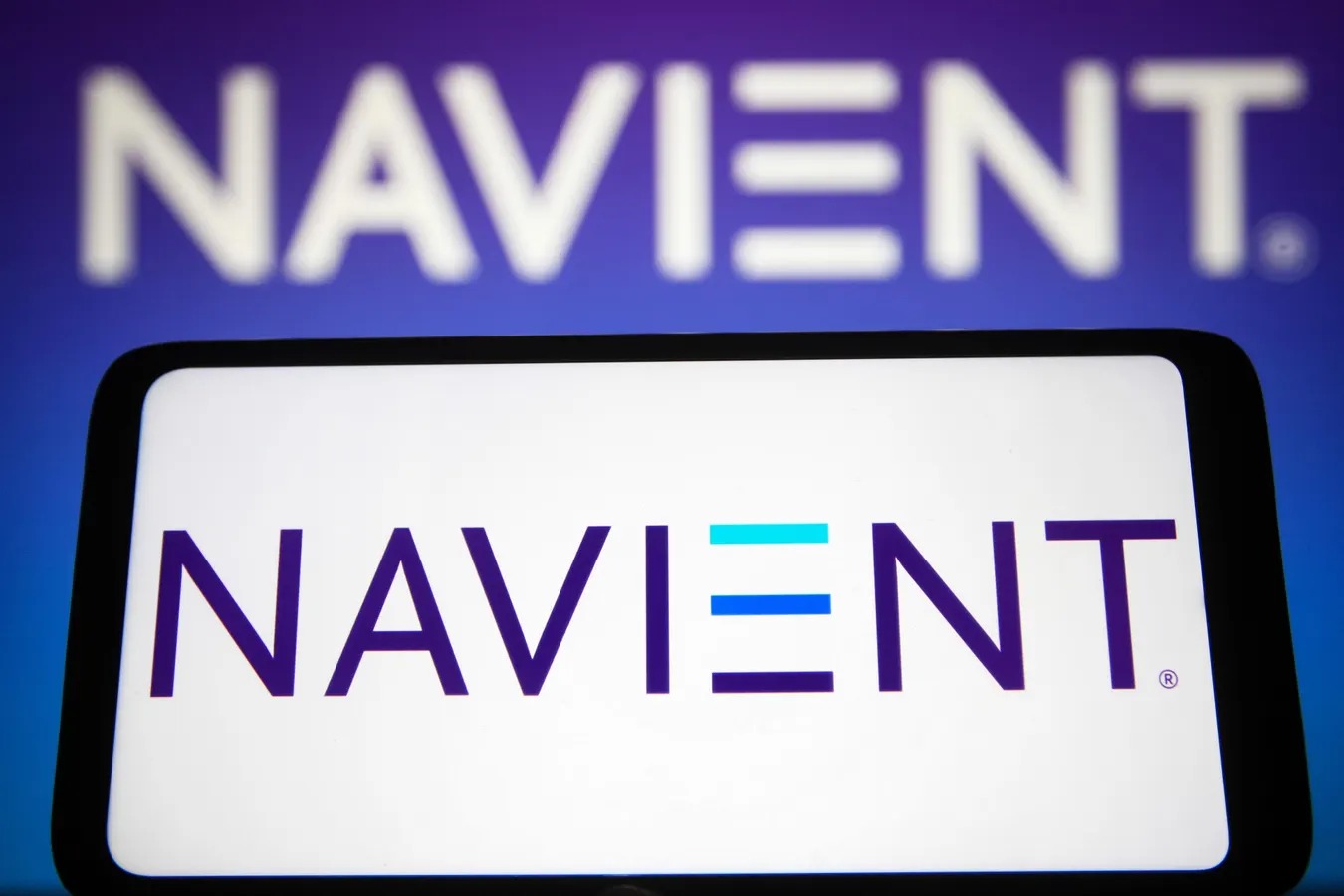Home>Finance>Why Was My Grace Period Interest Capitalized On Student Loan


Finance
Why Was My Grace Period Interest Capitalized On Student Loan
Published: February 21, 2024
Learn why grace period interest was capitalized on your student loan and how it impacts your finances. Get expert insights on managing student loan interest.
(Many of the links in this article redirect to a specific reviewed product. Your purchase of these products through affiliate links helps to generate commission for LiveWell, at no extra cost. Learn more)
Table of Contents
Introduction
Welcome to the complex world of student loans, where terms like “grace period” and “capitalized interest” can often leave borrowers feeling perplexed. If you’ve recently noticed an increase in your loan balance after the grace period, you might be wondering, “Why was my grace period interest capitalized on my student loan?” This article aims to demystify this process and provide you with a comprehensive understanding of why this may have occurred.
Student loans are a common means of financing higher education, offering individuals the opportunity to pursue their academic goals. However, the intricacies of loan terms and conditions can be overwhelming, especially for those new to the realm of borrowing. The grace period, typically a six-month window after graduation or leaving school, is designed to provide borrowers with a transitional period before they commence repayment. During this time, interest may accrue on certain types of student loans, and in some cases, this interest may be capitalized at the end of the grace period.
In this article, we will delve into the concept of grace periods on student loans, explore the implications of capitalized interest, and provide insights into minimizing its impact. By the end, you’ll have a clearer understanding of why your grace period interest was capitalized and how to navigate this aspect of student loan management.
Understanding Grace Periods on Student Loans
Before delving into the specifics of capitalized interest, it’s essential to grasp the concept of grace periods on student loans. A grace period is a designated timeframe, usually six months, during which borrowers are not required to make payments on their student loans after leaving school or dropping below half-time enrollment. This period serves as a buffer, allowing individuals to secure employment and establish their financial footing before commencing repayment.
Not all student loans offer a grace period, so it’s crucial to understand the terms of your specific loan. Federal subsidized loans, such as Direct Subsidized Loans and Perkins Loans, typically do not accrue interest during the grace period, providing a temporary reprieve for borrowers. On the other hand, unsubsidized federal loans, private loans, and certain federal PLUS loans may accumulate interest throughout the grace period.
During the grace period, borrowers have the option to make payments toward their accrued interest, thereby preventing it from being added to the principal balance at the end of the grace period. Understanding the terms and conditions of your loan, including the presence or absence of a grace period and the treatment of interest during this period, is crucial for effective loan management.
By comprehending the purpose and function of the grace period, borrowers can proactively plan for the transition to full loan repayment. However, it’s equally important to be aware of the potential implications of capitalized interest, which we will explore in the following section.
What Does It Mean for Interest to be Capitalized?
When interest is capitalized on a student loan, it means that any outstanding interest accrued during the grace period or a period of deferment is added to the loan’s principal balance. This results in a higher total loan amount on which future interest calculations are based. In essence, the interest becomes “capitalized,” leading to an increase in the overall cost of the loan over time.
Capitalizing interest can have significant financial implications for borrowers. Since interest is typically calculated based on the outstanding principal balance, any increase in the principal due to capitalized interest leads to higher future interest charges. This, in turn, can extend the repayment period and result in a larger total amount repaid over the life of the loan.
For example, if a borrower has accrued $2,000 in interest during the grace period on a $20,000 loan, and this interest is capitalized, the new principal balance becomes $22,000. Subsequently, future interest calculations will be based on the higher amount, potentially leading to a considerable long-term impact on the borrower’s finances.
Understanding the concept of capitalized interest is crucial for borrowers, as it directly influences the total cost of the loan and the duration of the repayment period. By being aware of how and when interest capitalization occurs, borrowers can take proactive steps to minimize its impact and make informed decisions regarding their loan repayment strategy.
Reasons for Capitalizing Interest During the Grace Period
Capitalizing interest during the grace period is a common practice in the realm of student loans, and several factors contribute to this occurrence. Understanding the reasons behind the capitalization of interest can provide clarity for borrowers who find themselves questioning this process.
One primary reason for the capitalization of interest during the grace period is to ensure that the lender or loan servicer is adequately compensated for the cost of lending funds. When borrowers enter the grace period, especially on unsubsidized loans, interest continues to accrue. Capitalizing this interest allows the lender to recoup the accrued but unpaid interest, ultimately aligning with the principles of responsible lending and ensuring the sustainability of loan programs.
Additionally, from a financial perspective, capitalizing interest enables the lender to maintain the economic viability of the loan portfolio. By adding the accrued interest to the principal balance, the lender mitigates the risk of potential losses associated with unpaid interest. This practice aligns with sound financial management principles and contributes to the stability of the lending institution.
Furthermore, the capitalization of interest during the grace period serves to simplify loan administration and streamline the repayment process for borrowers. Rather than requiring immediate interest payments or complex calculations during the grace period, capitalization consolidates the accrued interest into the principal balance, providing borrowers with a clearer and more straightforward understanding of their overall loan obligation.
While the capitalization of interest during the grace period may initially appear disadvantageous to borrowers, it is important to recognize the underlying reasons for this practice. By understanding the rationale behind interest capitalization, borrowers can make informed financial decisions and develop strategies to minimize the long-term impact of capitalized interest on their student loans.
How to Minimize Capitalized Interest on Student Loans
Minimizing capitalized interest on student loans is a proactive approach that can help borrowers mitigate the long-term financial impact of interest capitalization. By implementing strategic measures during the grace period, borrowers can effectively manage their loans and reduce the accumulation of capitalized interest.
One effective strategy to minimize capitalized interest is to make interest payments during the grace period. While not all borrowers may have the financial capacity to make full loan payments, directing funds toward covering the accrued interest can prevent it from being added to the principal balance. Even small, regular interest payments can yield substantial savings in the long run by reducing the overall loan cost and shortening the repayment period.
Another approach is to consider making principal payments during the grace period. By voluntarily reducing the principal balance before the end of the grace period, borrowers can limit the amount of interest that gets capitalized. This method not only decreases the total interest accrued but also lowers the future interest calculations based on the reduced principal amount.
For borrowers who anticipate challenges in making full payments after the grace period, exploring income-driven repayment plans and loan consolidation options can be beneficial. Income-driven repayment plans calculate monthly payments based on the borrower’s income and family size, potentially resulting in lower monthly payments and minimizing the impact of capitalized interest. Loan consolidation, particularly for federal loans, can also provide opportunities to restructure the loan terms and potentially lower interest rates, thereby reducing the overall capitalized interest.
Furthermore, staying informed about the terms and conditions of the loan, including the specifics of the grace period and the treatment of interest, is essential for borrowers. By understanding the intricacies of their loans, borrowers can make informed decisions, leverage available resources, and take proactive steps to minimize the impact of capitalized interest.
Ultimately, by adopting a proactive and informed approach, borrowers can navigate the complexities of student loan repayment and minimize the long-term financial implications of capitalized interest, paving the way for a more manageable and cost-effective loan repayment journey.
Conclusion
As borrowers navigate the realm of student loans, understanding the intricacies of grace periods and capitalized interest is paramount to effective loan management. The grace period serves as a transitional phase, offering borrowers a reprieve before commencing loan repayment. However, the potential capitalization of interest during this period can lead to increased long-term costs and extended repayment durations.
By comprehending the implications of capitalized interest and the reasons behind its occurrence, borrowers can take proactive steps to minimize its impact. Making interest payments, voluntary principal reductions, and exploring alternative repayment options are effective strategies to mitigate the accumulation of capitalized interest.
Moreover, staying informed about the terms of the loan and seeking guidance from loan servicers or financial advisors can empower borrowers to make informed decisions and navigate the complexities of student loan repayment more effectively.
Ultimately, while the capitalization of interest during the grace period may present financial challenges, it is not an insurmountable obstacle. By adopting a proactive and informed approach, borrowers can minimize the long-term impact of capitalized interest and embark on a more manageable and cost-effective journey toward loan repayment.
By empowering borrowers with knowledge and strategies to navigate the nuances of student loan management, this article aims to equip individuals with the tools they need to make informed financial decisions and achieve greater control over their student loan obligations.














